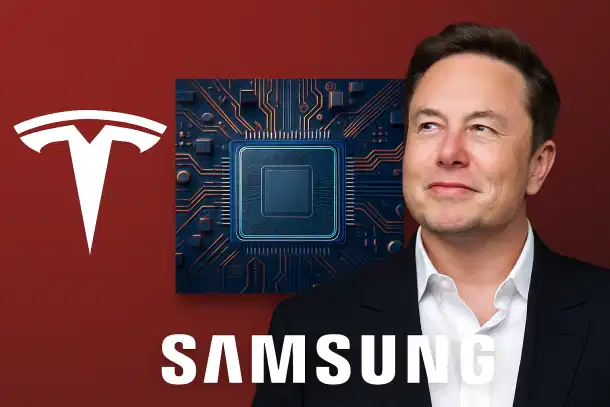U.S. and EU Finalize 15% Tariff Deal to Avert Major Trade War
The United States and European Union have reached a breakthrough 15% tariff agreement to prevent a full-scale trade war. Discover the implications of this U.S.–EU trade deal on global markets and diplomacy.

In a major development that has calmed global markets and eased fears of a looming trade war, the United States and European Union have reached a 15% baseline tariff deal on EU exports to the U.S. The announcement was jointly made by President Donald Trump and EU Commission President Ursula von der Leyen, following high-level trade negotiations in Brussels.
This breakthrough agreement, which affects a wide range of European goods including machinery, autos, and agricultural products, is designed to bring stability to transatlantic trade relations that have recently been strained by policy clashes and retaliatory tariffs.
“This is a win-win deal for both sides. We are prioritizing economic cooperation while protecting our industries,” said Trump at a press conference.
Background: Months of Rising Tensions
Trade talks between Washington and Brussels had stalled in late 2024, with threats of higher retaliatory tariffs looming. The EU was reportedly preparing to impose penalties on American tech and aerospace firms, while the U.S. had been eyeing duties on European luxury goods and auto imports.
This 15% tariff agreement applies to most EU exports to the United States and is expected to stay in effect for the next five years, subject to review. It replaces a previously proposed blanket 25% tariff that had sparked backlash from European business leaders.
Read more about global trade disputes on Affinity Trends
What the Deal Means for Businesses and Consumers
1. Stabilized Export Markets
European manufacturers, especially in Germany and France, welcomed the deal as it ensures access to the lucrative U.S. market without extreme cost increases.
2. Reassurance for Global Investors
The move was positively received on Wall Street and in major European stock exchanges. The S&P 500 and Euro Stoxx 50 both saw gains following the announcement.
3. Possible Rebound for U.S.–EU Trade Volume
Trade volume between the U.S. and EU had declined by 12% in 2024. Analysts expect this agreement could reverse the trend and revitalize economic cooperation.
For insights on other trade and economic trends in 2025, visit our Business & Economy section.
Geopolitical and Diplomatic Implications
Aside from economics, the deal reflects a strategic pivot by both sides. As China and BRICS nations intensify their own trade pacts, the U.S. and EU are reinforcing transatlantic unity in anticipation of future geopolitical competition.
Ursula von der Leyen emphasized the importance of the partnership, stating, “In times of global uncertainty, EU-U.S. cooperation is more important than ever.”
Some critics argue that the 15% tariff could still raise prices for U.S. consumers, especially on European-made luxury items and autos. Small and medium-sized EU businesses also expressed concern about remaining competitive in the U.S. market under the new tariff regime.
Others view the move as a political tactic by President Trump as he heads into a potential re-election bid, aiming to project strength on economic issues.
Stay updated with our ongoing coverage of international developments on Affinity Trends.
What's Your Reaction?
 Like
0
Like
0
 Dislike
0
Dislike
0
 Love
0
Love
0
 Funny
0
Funny
0
 Angry
0
Angry
0
 Sad
0
Sad
0
 Wow
0
Wow
0

















